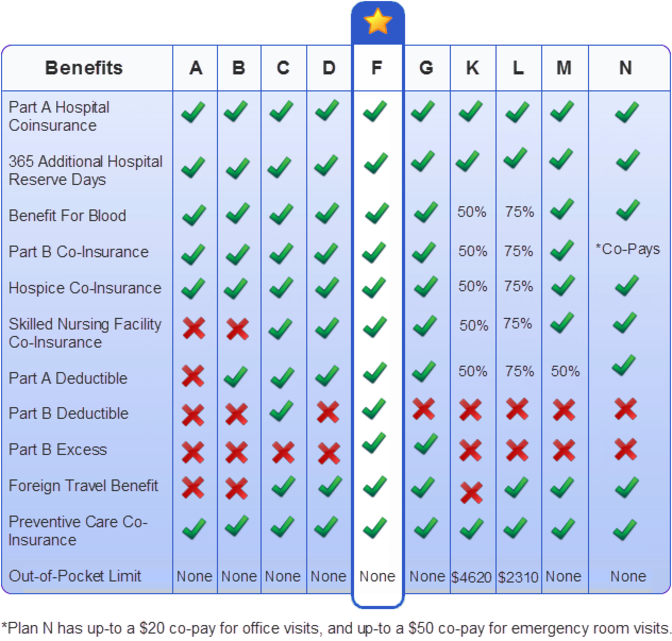Have you ever wondered how to choose the best Medicare Advantage plan? Or maybe you’re a healthcare provider looking to improve your performance. Either way, understanding Medicare Advantage Star Ratings is crucial. Let’s dive into this important system that impacts millions of Americans and healthcare providers nationwide.
What Are Medicare Advantage Star Ratings?
Medicare Advantage Star Ratings are like report cards for health plans. Created by the Centers for Medicare & Medicaid Services (CMS), this system helps consumers compare different Medicare Advantage and Part D prescription drug plans. It’s not just about giving gold stars – these ratings have real-world impacts on both patients and providers.
The rating scale runs from 1 to 5 stars, with 5 being the best. Here’s a quick breakdown:
How Are Star Ratings Calculated?
The CMS doesn’t just pull these ratings out of thin air. They use a complex formula that takes into account various factors, including:
- Member experience with the health plan
- Member complaints and changes in the plan’s performance
- Customer service
- How well the plan helps members stay healthy through screenings, tests, and vaccines
- How well the plan manages chronic conditions
- Plan performance on drug safety and accuracy of drug pricing
Each of these categories is weighted differently, and the exact formula can change from year to year. This keeps health plans on their toes and encourages continuous improvement.
Why Do Star Ratings Matter?
For Consumers
Star Ratings are a powerful tool for consumers. They provide an at-a-glance way to compare different health plans and make informed decisions. Higher-rated plans often offer better benefits and lower out-of-pocket costs. Plus, plans with 5 stars have a special enrollment period, allowing beneficiaries to switch to them at any time during the year.
For Providers
Healthcare providers play a crucial role in a plan’s star rating. Many of the measures used to calculate ratings are directly influenced by provider performance. High ratings can lead to increased reimbursements and bonuses from health plans, making it a win-win for providers and patients alike.
For Health Plans
Star Ratings have a significant impact on health plans’ bottom lines. Plans with higher ratings receive bonus payments from the CMS, which can be used to offer better benefits or lower premiums. This creates a competitive advantage in attracting and retaining members.
How Can Providers Improve Star Ratings?
If you’re a healthcare provider, you might be wondering how you can contribute to better star ratings. Here are some strategies:
- Focus on preventive care: Encourage patients to get regular check-ups, screenings, and vaccinations.
- Manage chronic conditions: Help patients with chronic diseases like diabetes or heart disease stay on top of their health.
- Improve medication adherence: Work with patients to ensure they’re taking their medications as prescribed.
- Enhance patient experience: Create a welcoming environment and prioritize clear communication with patients.
- Use data analytics: Leverage technology to identify areas for improvement and track progress over time.
Remember, it’s not just about the ratings – these strategies also lead to better patient outcomes, which is the ultimate goal.
What’s New in Star Ratings for 2024?
The CMS is always refining the Star Ratings system. For 2024, there are some notable changes:
- New measures: The CMS has introduced new measures related to health equity and social determinants of health.
- Increased weight on patient experience: Member experience and complaints now carry more weight in the overall rating.
- COVID-19 considerations: The CMS continues to adjust for the impact of the pandemic on certain measures.
Stay tuned for updates, as the CMS typically announces changes for the coming year each spring.
How Can Consumers Use Star Ratings Effectively?
While Star Ratings are a valuable tool, they shouldn’t be the only factor in choosing a health plan. Here’s how to make the most of them:
- Look beyond the overall rating: Dig into the scores for specific categories that matter most to you.
- Consider your personal health needs: A plan with high ratings for managing chronic conditions might be ideal if you have ongoing health issues.
- Compare costs: Remember that a 5-star plan isn’t always the most affordable option.
- Check provider networks: Make sure your preferred doctors and hospitals are in-network.
- Read member reviews: While not part of the official ratings, member experiences can provide valuable insights.
Conclusion
Medicare Advantage Star Ratings are more than just a bureaucratic exercise – they’re a powerful tool for improving healthcare quality and empowering consumers. By understanding how these ratings work, both providers and patients can make more informed decisions and contribute to better health outcomes.
Whether you’re choosing a plan or working to improve one, keep the star ratings in mind. They’re shaping the future of healthcare, one star at a time.


